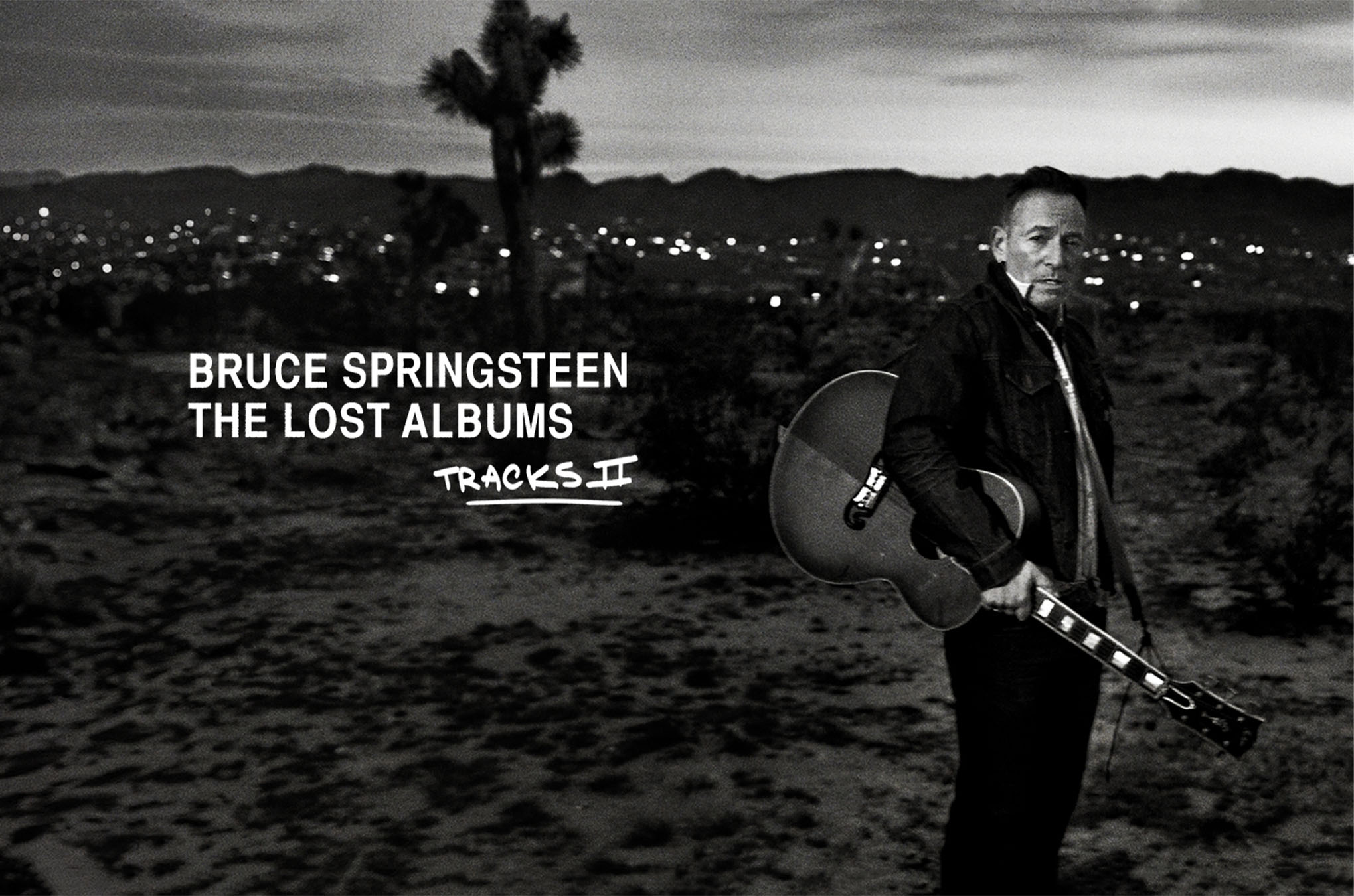Dear LG and Samsung, I really want you to start making great audio products again
What’s holding the tech giants back?
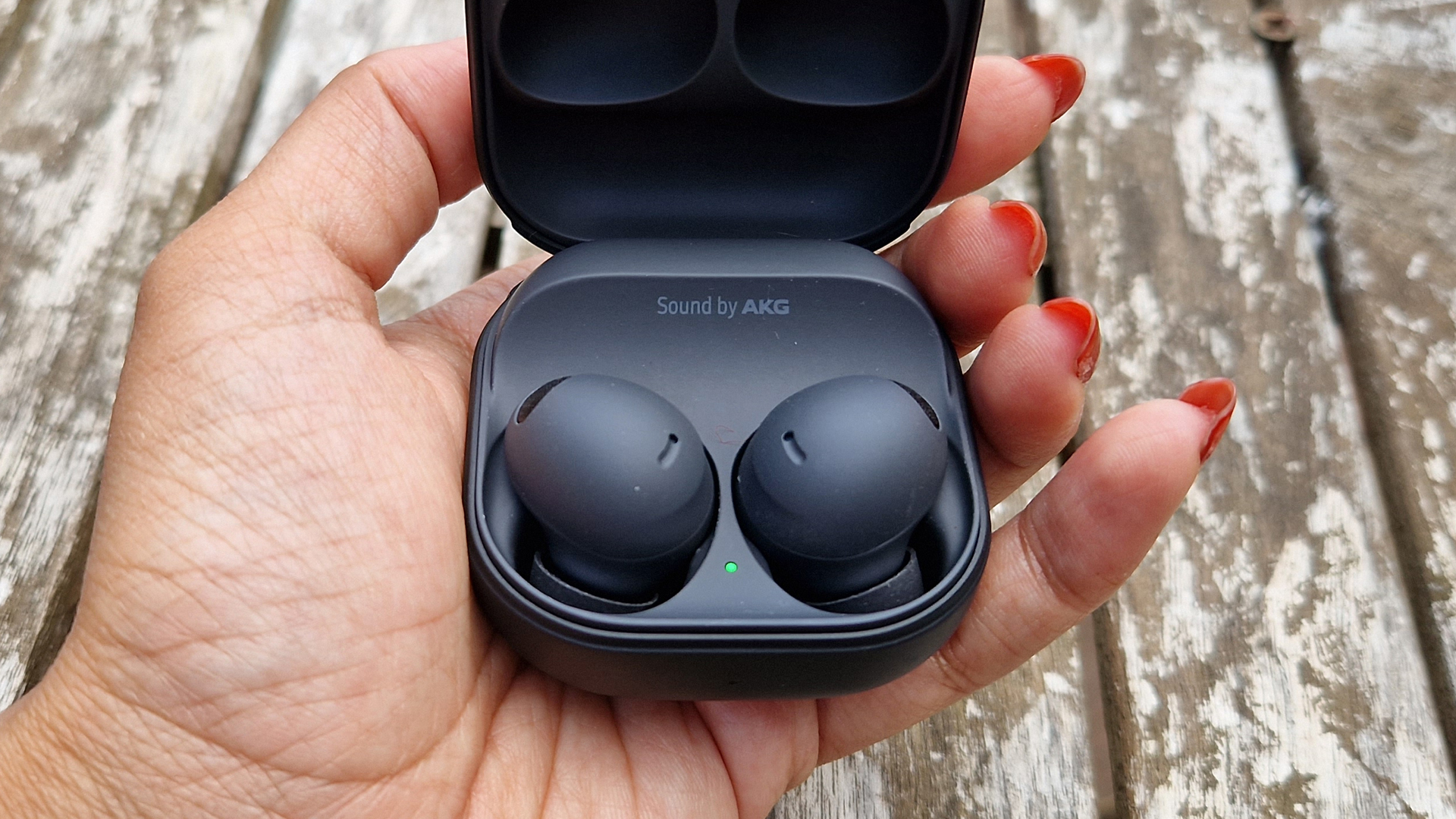
There. I said it. I’ve been mulling this particular opinion over for some time now and I think now is as a good a time as any to share it.
A couple of things have led me down this particular path. First, Sony’s complete domination of the wireless headphones category in the What Hi-Fi? Awards 2023. (And not just that, Sony also picked up a Product of the Year gong in both the soundbar and AV receiver category, which shows headphones aren’t the only area where audio is the company’s strong suit.) And second, the audio product history of LG and Samsung, which I will move on to later.
Let me be clear, I’m not suddenly expecting the two Korean giants to immediately leap out of their comfort zones and switch their attention to stereo amplifiers and music streamers. After all, these are huge companies whose remits are cast far and wide in areas that demand a lot of time and resource.
I’m really talking about upping their audio game in areas where they already have traction...
Samsung has the resources
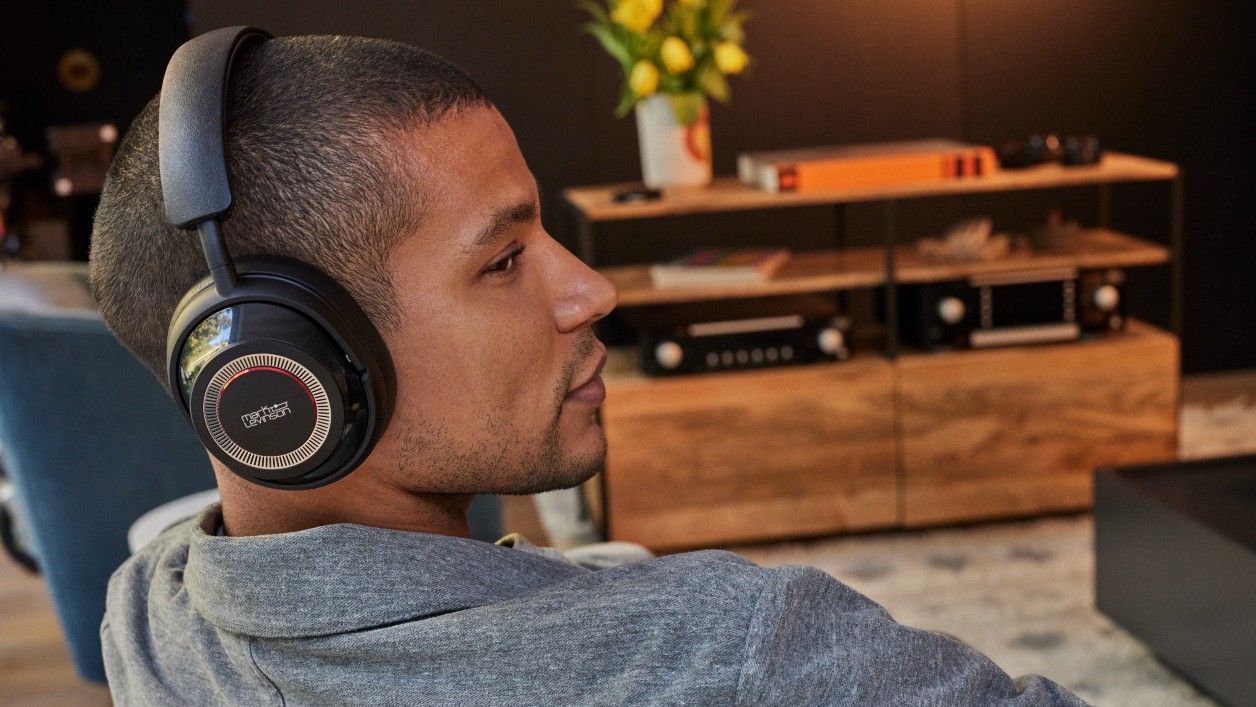
I’m struggling to think of reasons why a brand as big as Samsung isn’t ultra-competitive in the audio sphere. But, for example, I have heard pretty much every iteration and generation of Galaxy Buds in recent years and have been underwhelmed by virtually all of them. The last offering, the Galaxy Buds 2 Pro, we criticised for their “disappointing, unengaging dynamics” and “lack of transparency, drive and subtlety”. This sort of language has reared its head a few times when describing its wireless earbuds. We gave them a three-star rating in the end.
Don’t forget that Samsung is well-connected to several audio brands. It acquired Harman Group and all the brands that came under its roof back in 2016. So that’s Harman Kardon, Arcam, JBL and Mark Levinson – all of which are well-established in the field of audio, with no shortage of excellent products attached to their name.
Let’s also not forget that AKG is on the books too, a brand that has won a fair share of What Hi-Fi? Awards over the years and yet has been remarkably quiet since becoming part of the extended Samsung family.
Get the What Hi-Fi? Newsletter
The latest hi-fi, home cinema and tech news, reviews, buying advice and deals, direct to your inbox.
What if, for example, Samsung made a pair of premium wireless noise-cancelling headphones? Mark Levinson already has the remarkable No.5909 (pictured above) – you would imagine some of the tech might be able to trickle further down the chain to create a stylish pair to compete with the likes of Bose and Sony.
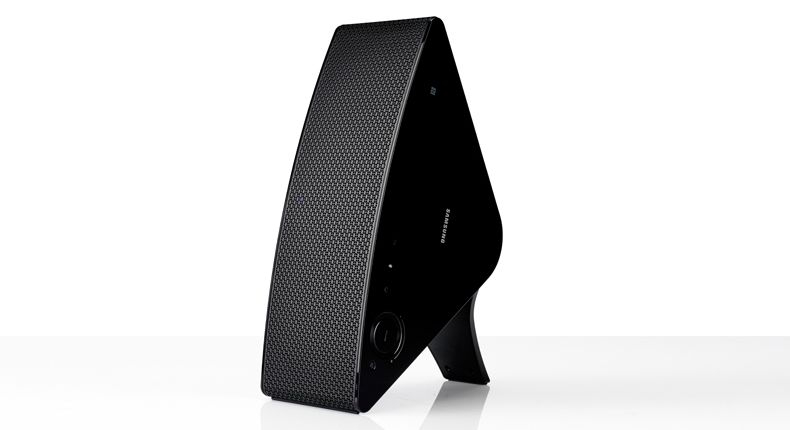
It’s not as if Samsung hasn’t had any success in the past. Remember the M5 wireless speaker (pictured above)? We gave it a glowing five-star rating way back in 2014. In our review, we said it was “a must-try wireless speaker that is fun and packs a performance.” So Samsung has been capable of great things in the past – but those moments have been fleeting at best.
It even made a solid stab at multi-room with its Shape Audio System from the same year. We thought it was well featured and capable of creating a big, detailed sound. At the time we even said, “it has come close to providing Sonos with one of its first serious competitors in years”.
Let's not forget that in Galaxy, Samsung has one of the most popular smartphone sub-brands around, so a range of quality products to partner it could really take off, in my opinion.
LG has shown glimpses in the past
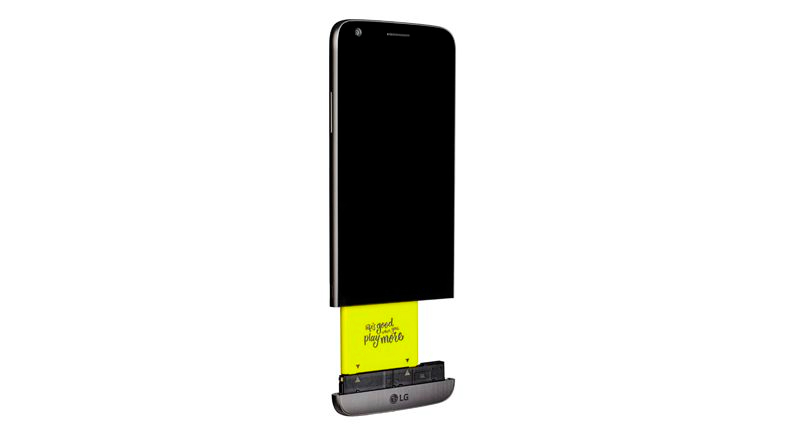
We have also seen LG unafraid to try something different in the audio space and succeed with it too.
It was the first manufacturer to feature high-resolution music on a smartphone with the G2, and then there was the hugely innovative (and sonically impressive) LG G5 with Hi-Fi Plus DAC (pictured above). This clever smartphone tried something completely different and offered an upgradeable DAC designed to boost audio quality. Designed in partnership with B&O Play, the module, complete with a headphone amp and headphone jack, offered support for hi-res playback up to 32-bit/384KHz.
In our review (published way back in April 2016), we called its performance “spectacular” when comparing it to the phone’s standard configuration.
Travel back even further in time to 2013 and you will even find an Award-winning soundbar, the LG NB4530A. In our five-star review, we praised the “expert execution” and “excellent sound”, not to mention the excellent feature set and remarkably thin design. Success, then, has happened in the past, and it would be great to see serious rivals emerge to take on the Sonos Beam, Arc and Sony HT-A7000.
If Apple can do it…
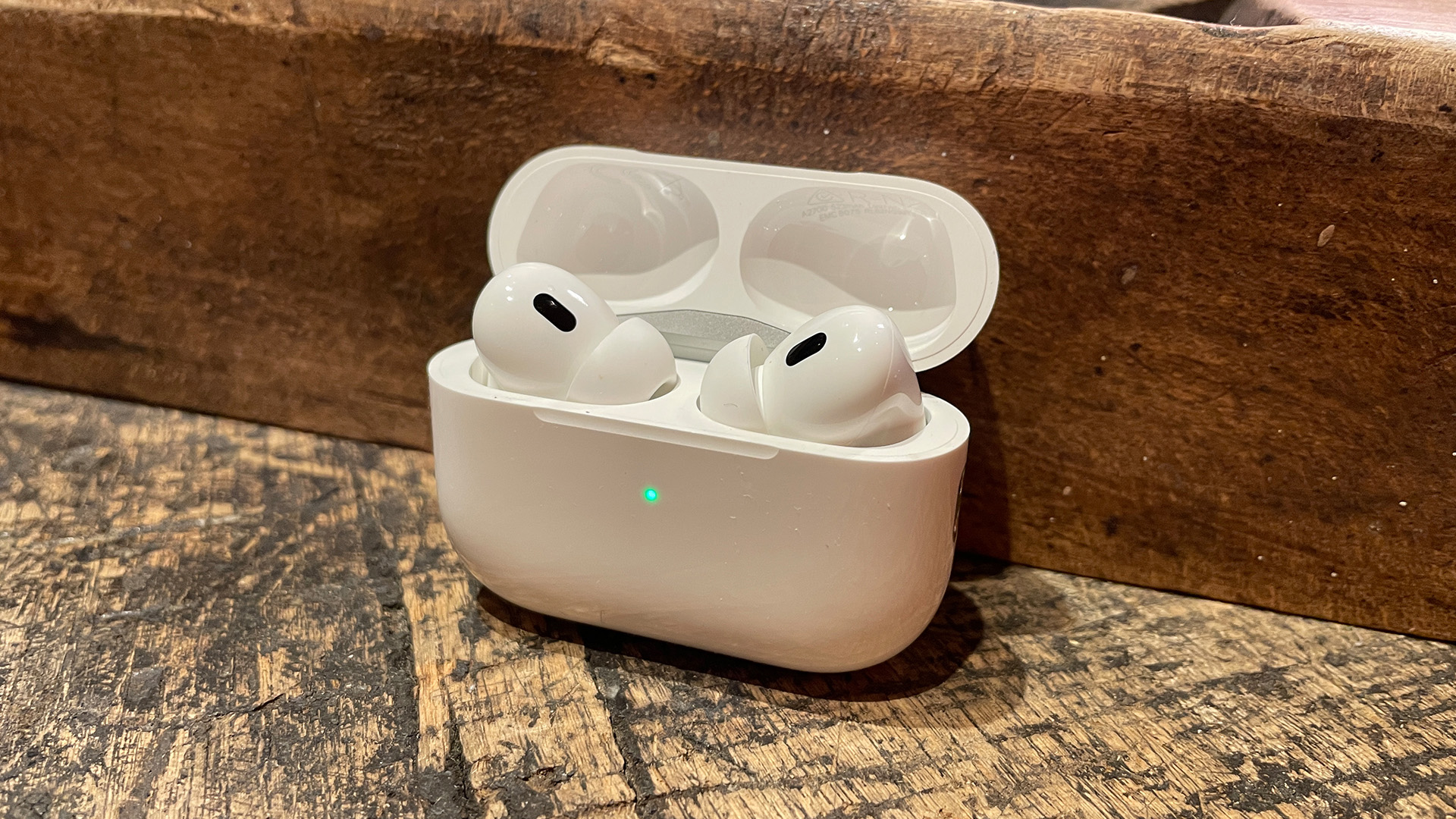
While the above history lesson shows it has been done by both these brands before, I can point to one brand that is doing it right now. And it’s one of the biggest tech brands on the planet.
Apple told us the lengths they went to designing and tuning the AirPods Pro 2. And the result is a fantastic-sounding pair of headphones which, in our opinion, are among the best wireless earbuds you can buy today. I’ve been using a pair for a while now and pretty much never leave the house without them.
Apple also showed it can evolve its own home audio products and has come a long way with the HomePod since the introduction of the ill-fated iPod Hi-Fi back in 2006. So, to cut a long story short it can be done if the drive and determination are there. Will 2024 be the year we see, but more importantly hear, change?
What do you think? What kind of products would you like to see from both of these brands moving forward? Let us know in the comments below.
MORE:
My success story of the year was also the biggest surprise
I've heard over 150 products this year, and these are my 5 hi-fi highlights
2023 has belonged to the risk-takers, so why are so many audio brands playing it safe?
Andy is Deputy Editor of What Hi-Fi? and a consumer electronics journalist with nearly 20 years of experience writing news, reviews and features. Over the years he's also contributed to a number of other outlets, including The Sunday Times, the BBC, Stuff, and BA High Life Magazine. Premium wireless earbuds are his passion but he's also keen on car tech and in-car audio systems and can often be found cruising the countryside testing the latest set-ups. In his spare time Andy is a keen golfer and gamer.

